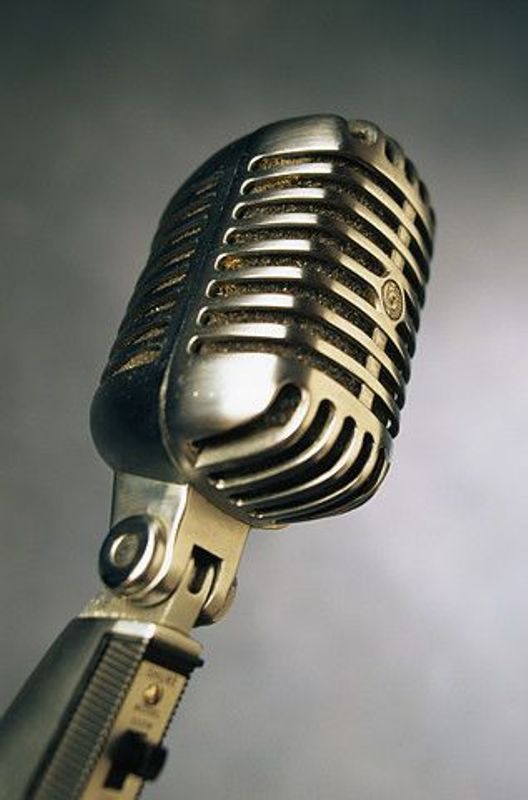Instruction
1
Physiologically modify the tone impossible. But you can achieve much effect, if you change the shape of the lips and tongue position. For example, conduct an experiment: say any text, softening in varying degrees, all consonants, or putting a "j" before each vowel. The voice will be more soft and malleable, will get the bow color. It is not necessary to change the tessitura of speech, you can talk and the usual height.
2
In a similar way you can change the voice, pronouncing the vowels with different accents: emphasizing, smoothing, giving the voicing or voiceless. A lot of ways, the choice of specific options for you.
3
The shape of the mouth is also of great importance in sound production. Will viparita lower lip and begin to pronounce the same text. Do not change the pitch of the sound, stay in a familiar voice tessitura. For fixing the lip of the jaw clamp, but not too much – otherwise, you simply will not be able to utter a word. It is in such a position becomes like a lethargic, cheeky. There is a tendency to an underestimation of the sound. If you fight it not, succumb and start to say "bass".
4
Say through clenched teeth. In this exercise, all of it gets buzzing and aggressive shades there comes back again the desire for understatement. Articulate exaggerated: unlike ordinary speech, here the sharpness is reduced due to the barrier of the teeth.
5
Not necessary to distort the voice at the time of execution: a number of programs such as “Voice changer” or various VST plugins and emulators allow you to apply to record the voices of a whole bunch of effects. As a result, you will be able to get a "talking" violin or mix the voice with the guitar, adding overtones and timbres of real and virtual instruments. Adjusting the volume of different frequencies you can change the voice, not adding to it any new noises, but just shifting the focus.

